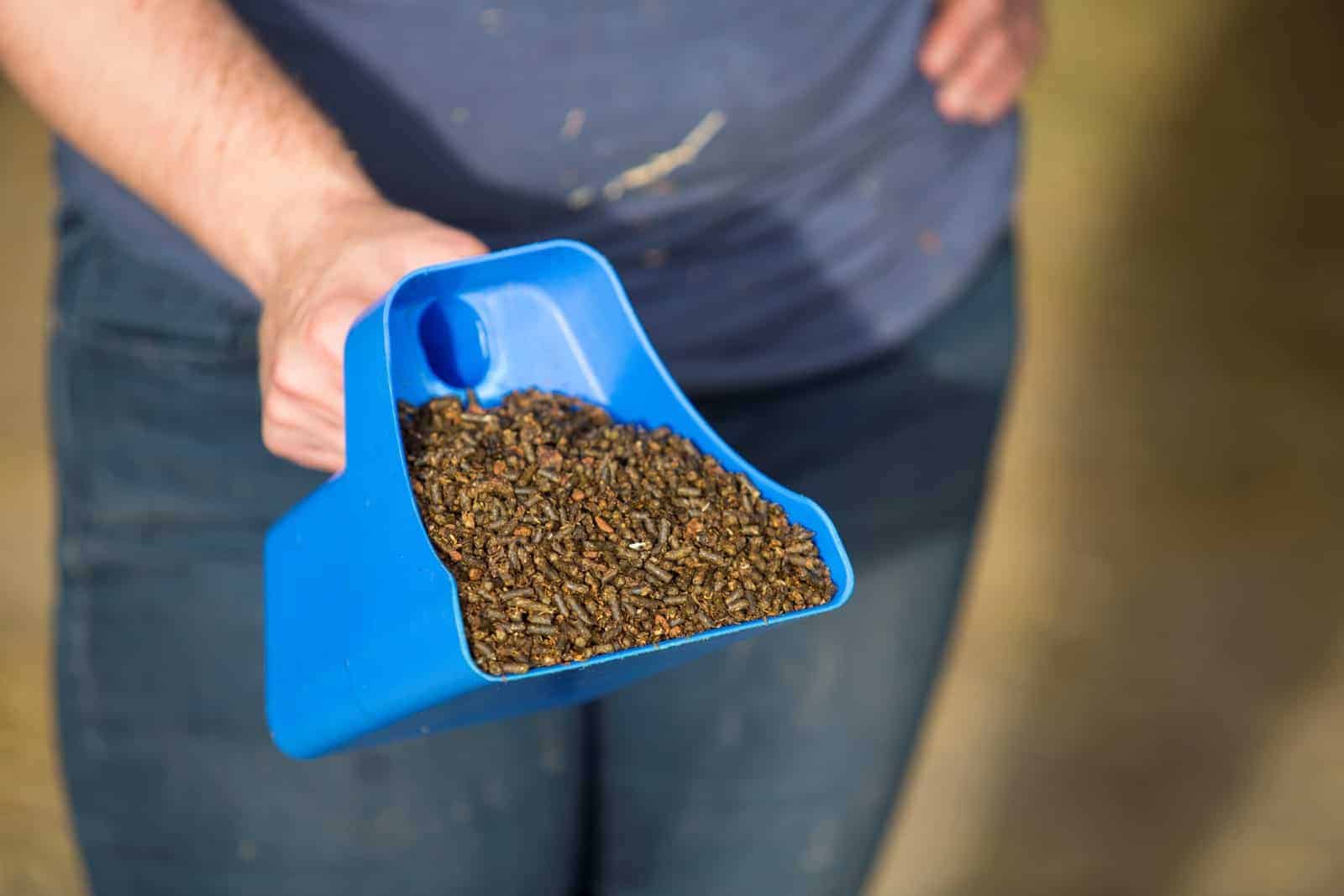Mineral of the Month: Zinc

Although the trace mineral zinc (Zn) was first noted as a new metal around 1374 in India, it had been used for many years prior, extracted in an impure form from zinc-ores to produce brass. Yet, it was not named until the 16th century, when a European alchemist documented it as “zinken.”
The development of a method to purify these zinc extracts led to its use in the medical field, especially for treating inflammatory eye conditions by means of zinc solutions and tablets. Interestingly, researchers know today that the highest concentrations of zinc in the body can be found in the eye’s choroid and iris.
It was only in 1934 that zinc was demonstrated to be an essential nutrient in rats’ diets by Todd et al. Rats fed a low-zinc diet had poor growth rates and abnormal fur coats. The following year, research from the same laboratory showed that supplementing zinc-deficient rats with zinc corrected the “faded, thin, and wooly” fur condition and allowed normal growth rates to resume. These findings were followed by similar research in livestock, exploring zinc deficiencies and establishing requirements. Across species, including in the horse, reduced growth rates, inappetence, and abnormalities of the skin were common observations in zinc-deficient animals
Create a free account with TheHorse.com to view this content.
TheHorse.com is home to thousands of free articles about horse health care. In order to access some of our exclusive free content, you must be signed into TheHorse.com.
Start your free account today!
Already have an account?
and continue reading.
Written by:
TheHorse.com
Related Articles
Stay on top of the most recent Horse Health news with















